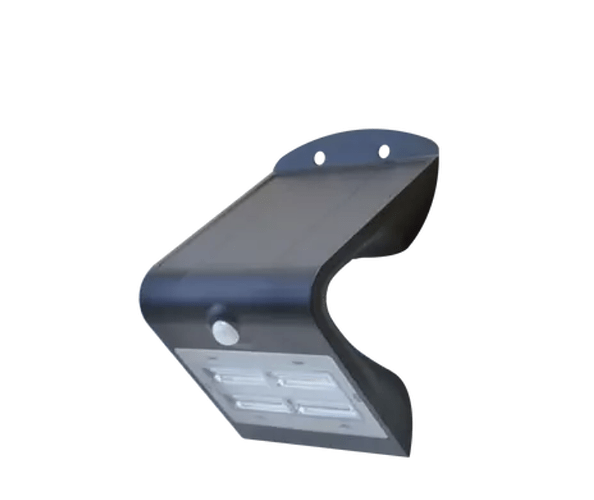Ok, so as advised I’m posting the regulations here. Be warned, it’s lengthy! But maybe helpful to others.
"Compliance with the following standards:
There shall be one functioning smoke detector in each sleeping room and at least one functioning smoke detector in at least one other room, one functioning fire extinguisher in the kitchen and in one other designated location, and at least one carbon monoxide detector. The short-term rental shall in all respects be in compliance with the New York State Fire and Building Codes.
Exterior doors shall be operational and all passageways to exterior doors shall be clear and unobstructed.
Electrical systems shall be serviceable with no visual defects or unsafe conditions.
All fireplaces, fireplace inserts, or other fuel-burning heaters and furnaces shall be vented and properly installed.
Chimneys shall be inspected by a professional and a report made to the Code Enforcement Officer on an annual basis.
Each sleeping room shall have an exterior exit that opens directly to the outside, or an emergency escape or rescue window.
Affidavit certifications shall be valid during the term of the short-term rental permit, or until modifications requiring a building permit are made, or until the Town Code Enforcement Officer has reason to believe further inspections are warranted, at which point the inspections shall take place at a time suitable to the Code Enforcement Officer and the owner. If relevant circumstances on the property change or for any reason the certification is or becomes inaccurate, a new certification shall be submitted. Under any circumstances, inspections shall be made by the Code Enforcement Officer at least once every year.
The Town Board may make provision, from time to time by resolution, for payment of an additional fee upon any re-inspections.
A property map showing the location of buildings required parking, and, if not served by a public sewer, the location of the septic system and leach field. An accurate, suitable plan need not be prepared by a professional. Property map must be posted in a visible location in the short-term rental.
Provide a safety/egress plan, to be posted in a visible location in the short-term rental.
Provide a garbage-removal plan (garbage receptacles will not be left out for more than 48 hours).
For non-owner-occupied short-term rentals, the owner must designate a host and provide the name, address, telephone number, and email address, who shall be responsible, and authorized, to act on the owner’s behalf to promptly remedy any violation of these standards or the permit. The host may be the owner, or an agent designated by the owner to serve as a contact person.
A statement that the applicant has met and will continue to comply with the standards of these regulations and the permit.
A copy of the insurance binder and a paid receipt is required.
Any fee which has been set by the Town Board by resolution."


